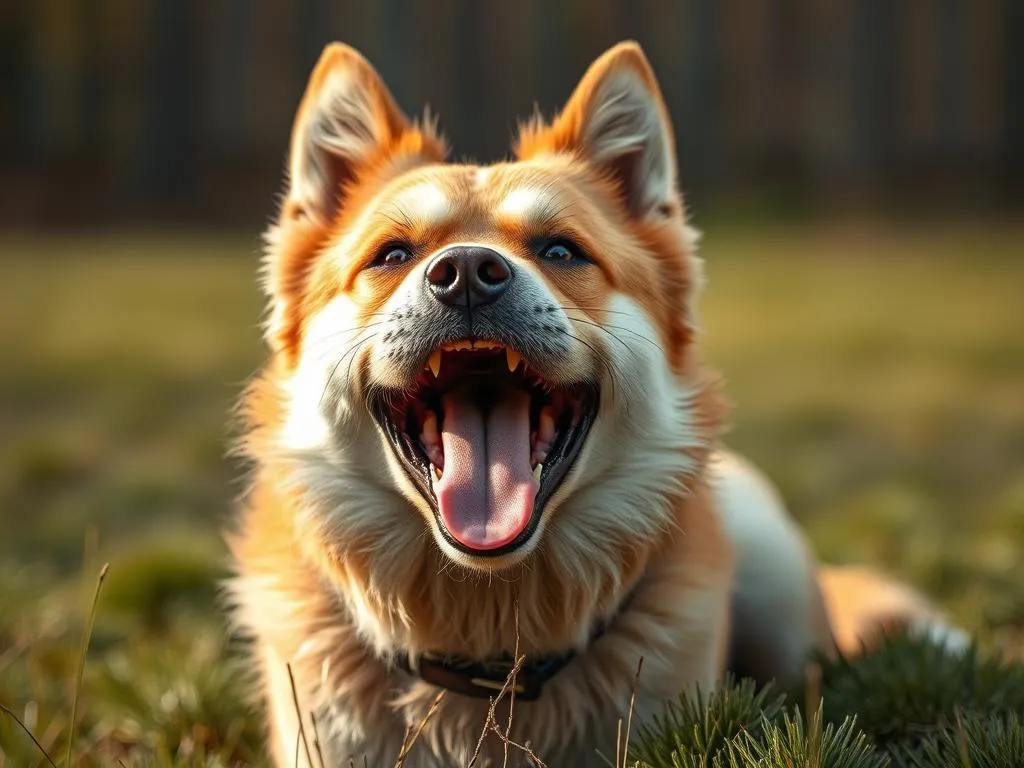
Introduction
Addressing fear in dogs is crucial for their well-being and the harmony of your household. Fear can manifest in various forms, such as a dog being afraid of loud noises, strangers, or other animals. These fears, if left unaddressed, can lead to negative behaviors, including aggression and anxiety, which can be distressing for both the dog and its owner. Training a fearful dog is not just about correcting unwanted behavior; it’s about building trust and confidence in your furry companion. This guide will delve into effective strategies for helping your fearful dog overcome its fears.
Understanding Fear in Dogs
What Causes Fear in Dogs?
Fear in dogs can stem from multiple factors:
- Genetics and Breed Predisposition: Certain breeds are more prone to anxiety and fear-based behaviors due to genetic factors.
- Traumatic Experiences: A negative encounter, such as being attacked by another dog or experiencing loud noises, can instill lasting fear.
- Lack of Socialization: Dogs that have not been adequately socialized during critical development periods may develop fears of unfamiliar situations, people, or other animals.
Signs of a Fearful Dog
Recognizing the signs of fear in your dog is the first step in addressing it. Common indicators include:
- Body Language: A fearful dog may exhibit low tail positions, flattened ears, and a crouched posture, signaling that it feels threatened.
- Behavioral Signs: You might notice your dog hiding, barking excessively, or trying to escape from situations that provoke fear.
- Physical Symptoms: Trembling, drooling, and excessive panting can be physical manifestations of fear.
Preparing for Training
Assessing Your Dog’s Fear
Before commencing training, it’s vital to identify the specific triggers that cause fear in your dog. Keeping a journal of your dog’s fearful behaviors can help you track patterns and understand what situations provoke anxiety. This assessment will guide your training approach and help you tailor it to your dog’s needs.
Creating a Safe Environment
Establishing a designated safe space for your dog at home can greatly reduce its anxiety. This space should be quiet and free from distractions, where your dog can retreat when feeling overwhelmed. Additionally, during the initial stages of training, minimize exposure to fear-inducing stimuli to help your dog feel secure.
Training Techniques for Fearful Dogs
Positive Reinforcement
One of the most effective methods for training a fearful dog is positive reinforcement. This technique involves rewarding your dog for desirable behaviors. Rewards can include treats, praise, or playtime, which help create positive associations with previously feared situations. For example, if your dog remains calm when encountering a stranger, offer a treat and praise immediately.
Desensitization
Gradual exposure to fear triggers, known as desensitization, can help your dog acclimate to what it fears. This process should be done slowly and at a distance that does not provoke fear. For instance, if your dog is afraid of loud noises, you might start by playing a recording of the noise at a low volume, gradually increasing it as your dog becomes more comfortable.
Counter-Conditioning
Counter-conditioning aims to change your dog’s emotional response to fear triggers. When your dog encounters something it fears, you can provide a high-value reward, such as its favorite treat. Over time, your dog will associate the previously feared stimulus with something positive, which can significantly reduce anxiety.
Clicker Training
Clicker training can be particularly beneficial for fearful dogs. This method uses a click sound to mark desired behaviors, followed by a reward. The click sound serves as a positive reinforcement indicator, helping your dog understand which behaviors are favorable. Start by clicking and rewarding for small accomplishments, gradually building up to more challenging tasks.
Building Confidence in Your Dog
Socialization Practices
Controlled socialization is essential for helping your dog become more comfortable around new experiences. Introduce your dog to friendly dogs and people in a controlled environment, ensuring these interactions are positive. The key is to expose your dog to new experiences without overwhelming it.
Engaging in Fun Activities
Incorporating fun activities into your training can help build your dog’s confidence. Engage your dog in games like fetch, agility training, or interactive play sessions. These activities not only provide mental stimulation but also foster a bond between you and your dog, making it feel more secure.
Professional Help and Resources
When to Seek Professional Assistance
If you notice that your dog’s fear is severe or not improving with training, it may be time to seek professional help. Signs that professional assistance is needed include persistent aggression, extreme anxiety, or behaviors that interfere with daily life. Professionals can include dog trainers, behaviorists, or veterinarians who specialize in canine behavior.
Recommended Resources
There are many valuable resources available for dog owners seeking further guidance. Books on dog training, online courses, and support groups can provide additional insights and strategies for managing a fearful dog. Learning from experienced trainers can also help you gain confidence in your training methods.
Common Mistakes to Avoid
Overexposing the Dog to Triggers
One of the most common mistakes owners make is overexposing their fearful dogs to triggers too quickly. This can lead to increased anxiety and reinforce fearful behaviors. Always proceed at a pace your dog is comfortable with.
Using Punishment Techniques
Using punishment to correct fearful behavior can exacerbate fear and lead to further behavioral issues. Instead, focus on reinforcing positive behaviors and creating a supportive environment for your dog.
Rushing the Training Process
Patience is key when addressing fear in dogs. Rushing the training process can overwhelm your dog and hinder progress. Celebrate small victories and allow your dog to learn at its own pace.
Conclusion
Training a fearful dog requires patience, understanding, and consistent effort. By recognizing the signs of fear, employing effective training techniques, and creating a supportive environment, you can help your dog overcome its fears and build confidence. Remember, the journey may take time, but the result—a happier, well-adjusted dog—is worth the effort.
FAQs
What should I do if my dog is afraid of loud noises?
Start by creating a safe environment for your dog during storms or fireworks. Use positive reinforcement by rewarding calm behavior and consider desensitization techniques to help your dog acclimate to the sounds.
Can I train my fearful dog myself, or should I hire a professional?
While many owners successfully train their fearful dogs on their own using the techniques outlined, severe cases may benefit from the expertise of a professional trainer or behaviorist.
How long will it take to train my fearful dog?
The time it takes to train a fearful dog varies based on the individual dog, the severity of its fear, and the consistency of training. Patience is essential, and it’s crucial to celebrate small milestones along the way.
Is it normal for dogs to be afraid of certain things?
Yes, it is normal for dogs to have fears, just as humans do. However, addressing these fears constructively is essential to prevent them from escalating into more significant behavioral issues.
What are some activities to help my fearful dog build confidence?
Engaging in interactive play, exploring new environments, and participating in structured training sessions can help your dog build confidence and reduce fear. Games like agility and fetch are particularly effective.
By implementing these strategies and remaining committed to your dog’s training, you can help transform its fearful behavior into a confident and happy demeanor.









